Soy sauce making "also requires a lot of effort"
Meeting Mr. Ha Huu The in the first days of Spring At Ty, we heard him talk about the process of making Duong Lam sticky rice sauce - the traditional flavor of the Doai region.
Mr. The said: Soy sauce is usually made from May to July every year because that is the time when there is a lot of sunshine, favorable for molding and fermenting soy sauce. The entire process is done by hand, without using any kind of machinery. Starting from the stage of selecting raw materials including: Golden sticky rice, soybeans, green beans and molding, bean water, earthenware jars...
The rice used to make soy sauce must be the golden sticky rice or other delicious, aromatic sticky rice with a rich flavor, not polished too white to keep all the nutrients intact. The rice is then steamed and placed on a tray to wait a few days for it to turn green.
The beans are roasted until they are just done, fragrant, and have a nice color, then ground and dried overnight. The bean soaking water is poured into a ceramic jar. The water used to soak the soybeans must be taken from the village’s laterite well to be cool and clear enough.
Once the ingredients have been pre-processed, the mixing process begins with a careful balance of brine, bean soaking water, and rice mold. First, the brine is added to the jar, followed by soy sauce, and finally the mold. Then, the mold and brine are stirred together so that the mold is mixed with the bean paste.
Mr. Ha Huu The inside a process of making sticky rice sauce - a famous traditional product of Duong Lam ancient village. |
To make the sauce smooth and colorful, Mr. The has to beat the sauce every day, usually in the morning and at noon. In the morning, he opens the jar lid and stirs the sauce from the bottom up so that the sauce mixture reaches the perfect consistency and leaves it in the sun until evening, then closes the lid again. He perseveres for about a month for the mold to evaporate. At this point, the sauce sinks to the bottom of the jar, and the sauce essence turns a golden color like the color of mustard flowers floating on the surface, signaling that the entire batch of sauce has reached the perfect ripeness. "Each batch of sauce requires uniformity in color and fluffiness, because this is the factor that directly determines the quality of the final sauce product," he said.
Soy sauce has become an indispensable condiment for many families in Duong Lam. Soy sauce is used to dip raw beans, fried beans, braised fish, water spinach, sweet potato leaves, and braised meat. In particular, soy sauce is braised with fish along with some other spices such as caramel, a few slices of galangal, and a few pieces of pork belly in a clay pot to make the fish very tender and remove the fishy smell. Soy sauce has also become a local gift chosen by many tourists when coming to Duong Lam. |
Pass on the "fire of the profession"
Every year, Mr. The's family produces thousands of liters of soy sauce, not only serving the domestic market but also reaching out to the international market.
The jars of soy sauce of Duong Lam ancient village, in which Mr. The's family contributed, not only have the value of a specialty but are also a cultural symbol, crystallized from love for the profession, constant creativity and strong will to overcome all difficulties.
According to Mr. The, making soy sauce is not only a way to earn a living but also a way to preserve the flavor of his hometown and pass on traditional values to the younger generation. Every day, he spends time training and meticulously instructing the young people in the village on each stage from selecting ingredients, fermenting soy sauce to packaging the product.
The jars of soy sauce are neatly arranged in the corners of the yard in Duong Lam ancient village, becoming a cultural beauty of the ancient village here. |
“When people are passionate, they stick with the profession until the end of their lives. Elderly people in their 70s and 80s still carry water, brew soy sauce, and work tirelessly even though their income is not high. This is both a joy and a connection with the craft village,” Mr. Ha Huu The shared.


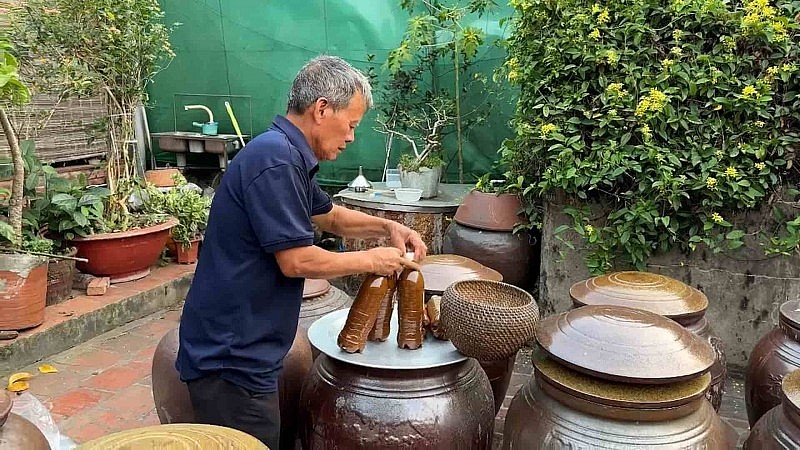
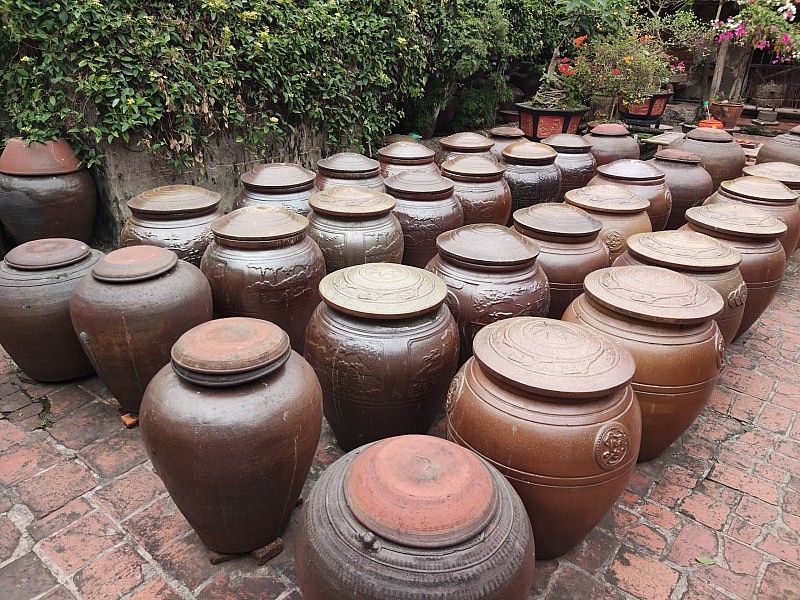



![[Photo] National Assembly Chairman Tran Thanh Man attends the VinFuture 2025 Award Ceremony](/_next/image?url=https%3A%2F%2Fvphoto.vietnam.vn%2Fthumb%2F1200x675%2Fvietnam%2Fresource%2FIMAGE%2F2025%2F12%2F05%2F1764951162416_2628509768338816493-6995-jpg.webp&w=3840&q=75)
![[Photo] 60th Anniversary of the Founding of the Vietnam Association of Photographic Artists](/_next/image?url=https%3A%2F%2Fvphoto.vietnam.vn%2Fthumb%2F1200x675%2Fvietnam%2Fresource%2FIMAGE%2F2025%2F12%2F05%2F1764935864512_a1-bnd-0841-9740-jpg.webp&w=3840&q=75)








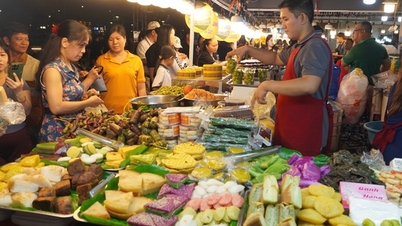

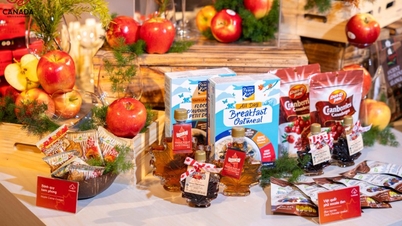


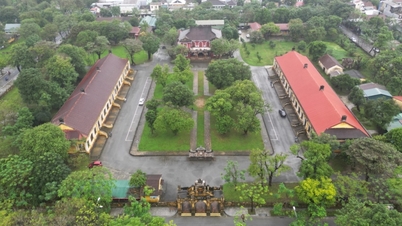





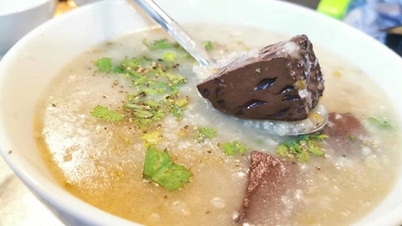
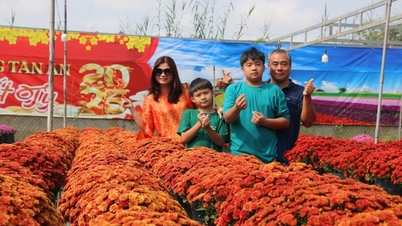







![[VIDEO] Save the Children helps children in Bac Ninh return to life soon after natural disasters](https://vphoto.vietnam.vn/thumb/402x226/vietnam/resource/IMAGE/2025/12/06/1765004276755_cu-u-tro-bn-2-cover20251206131142.jpeg)



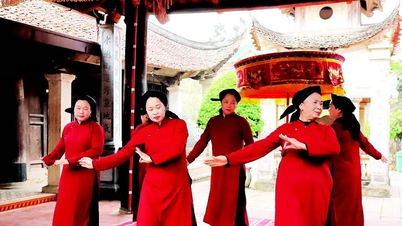
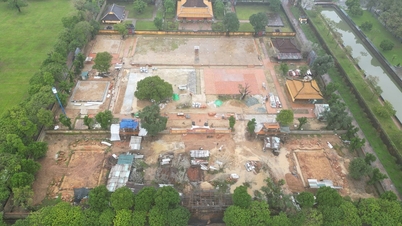



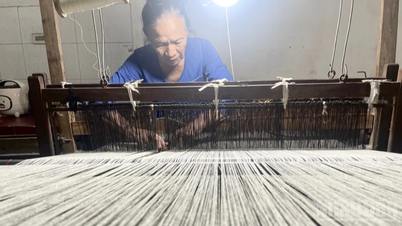

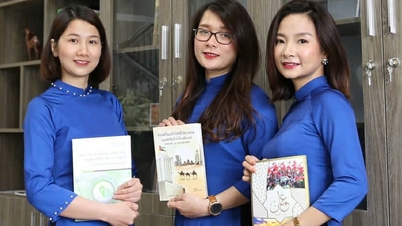








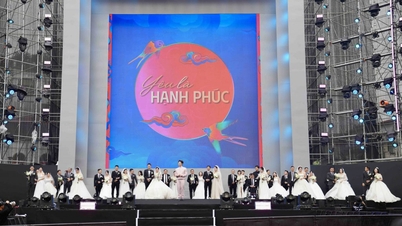
















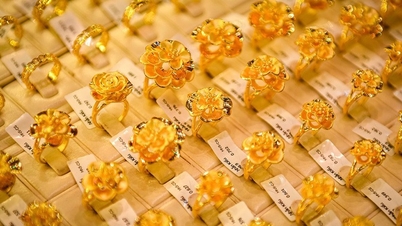











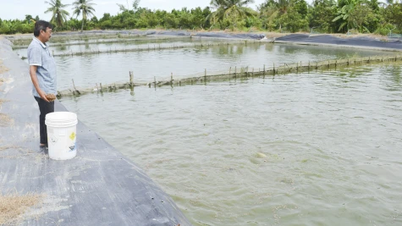







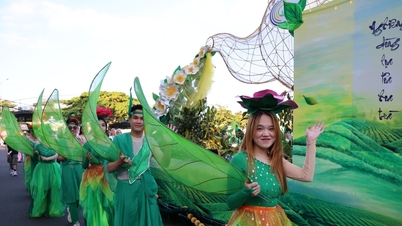


















Comment (0)